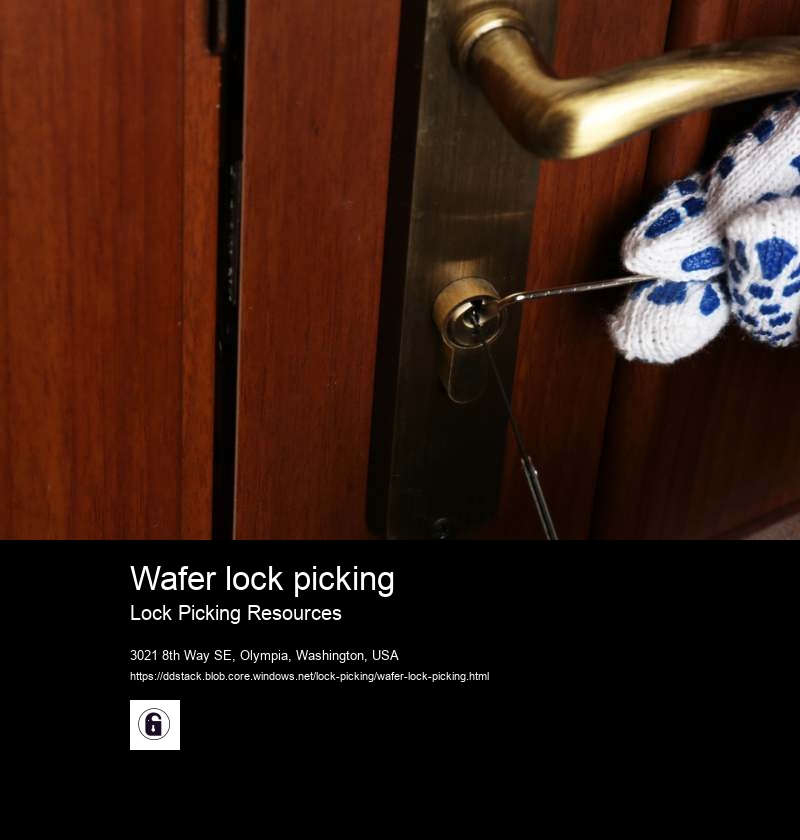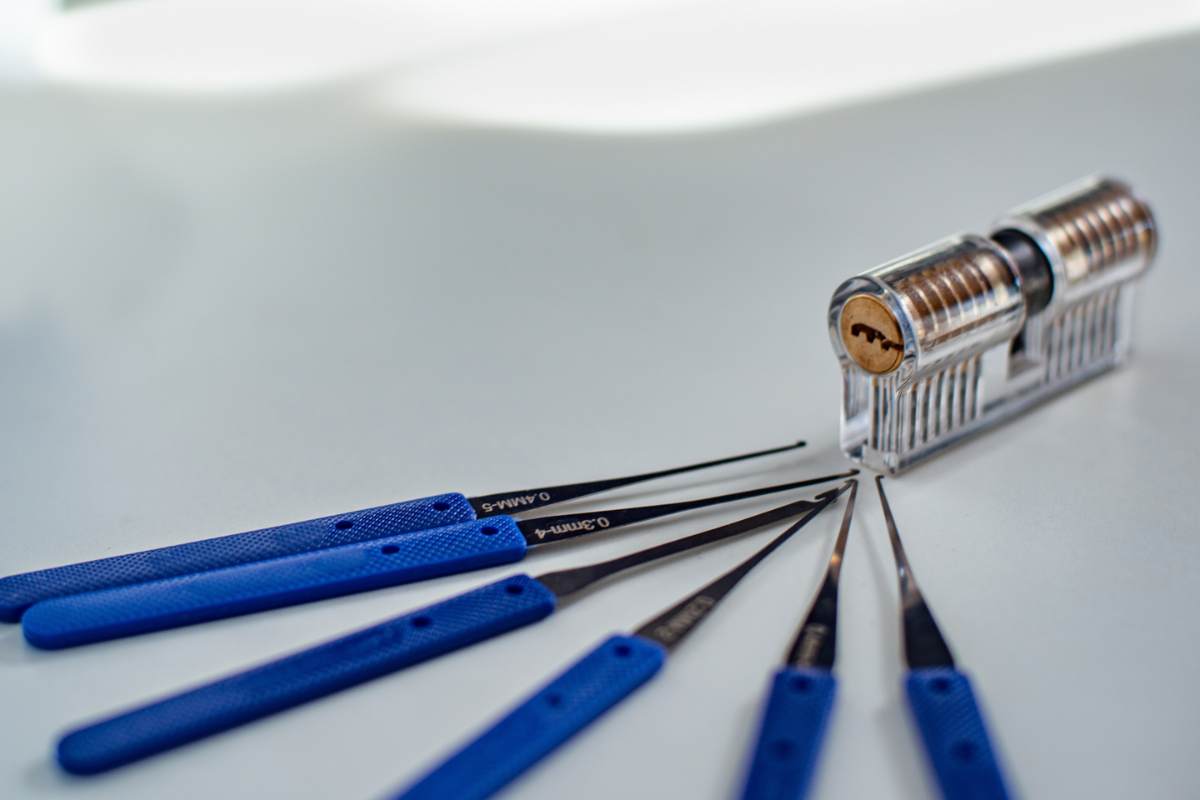Wafer lock picking
What is a deadbolt lock?
The impressioning process requires a certain level of skill and patience, as it can be time-consuming and requires a great deal of precision. The locksmith must be able to manipulate the key in a way that creates accurate marks without damaging the lock or the blank key.
Impressioning is commonly used in situations where a key has been lost or stolen and there is no other way to access the lock. It is also used in forensic investigations to determine which key was used to open a lock, and in the manufacturing of high-security locks to ensure that each key is unique and cannot be duplicated without authorization.
Impressioning is a technique used in locksmithing to create a working key for a lock by making an impression of the lock's keyway. The process involves inserting a blank key into the lock and then manipulating the key to create marks on its surface that correspond to the position of the pins or tumblers in the lock. These marks can then be used to file the blank key until it matches the correct configuration and can successfully open the lock.
To begin the impressioning process, the locksmith selects a blank key that is the same or similar to the key that would normally open the lock. The blank key is then inserted into the lock and gently turned to the left and right, while applying light pressure with a tension wrench to simulate the action of the correct key.

What is a deadbolt lock?
As the blank key is turned, the pins or tumblers inside the lock will move, creating marks on the surface of the blank key. These marks indicate the positions of the pins or tumblers and provide clues as to the correct configuration of the key.
The locksmith will then use a file or other cutting tool to carefully remove material from the blank key in the areas where the marks were made. This process is repeated several times, with the locksmith inserting the newly filed key back into the lock and testing it to see if it can successfully open the lock.
The impressioning process requires a certain level of skill and patience, as it can be time-consuming and requires a great deal of precision. The locksmith must be able to manipulate the key in a way that creates accurate marks without damaging the lock or the blank key.
What is a pin tumbler lock?
Lockpicking is a skill that requires practice, patience, and a steady hand. There are several common mistakes that beginners make when learning how to pick locks, including:
Using too much tension: Applying too much tension to the lock can cause the pins or tumblers to bind, making it difficult to pick the lock.
Not using enough tension: Not applying enough tension to the lock can make it difficult to feel the feedback from the pins or tumblers, making it hard to pick the lock.
Rushing: Lockpicking requires a steady hand and patience. Rushing through the process can cause you to miss important feedback from the lock, making it harder to pick.


How does a pin tumbler lock work?
Using the wrong tool: Using the wrong tool for the job can cause damage to the lock or the tool itself, making it harder to pick the lock.
Not using lubrication: Lack of lubrication can cause the pins or tumblers to stick, making it difficult to pick the lock.
Applying too much pressure: Applying too much pressure to the tool can cause it to break or bend, making it harder to pick the lock.
Not understanding the lock: Every lock is different, and understanding the lock you are trying to pick is crucial to success.
What is a disc detainer lock?
To avoid these common mistakes, it is important to practice on a variety of locks and to take your time when picking. It is also important to use high-quality tools and to have a good understanding of the lock you are trying to pick. With practice and patience, you can become a skilled lockpicker and avoid these common mistakes.
Breaking lockpicks is a common problem for both beginners and experienced lockpickers. Fortunately, there are several tips that can help you avoid breaking your lockpicks:
Use high-quality picks: Using high-quality picks that are made from durable materials can help prevent them from breaking during use.
How does a disc detainer lock work?
Avoid using too much force: Applying too much force when picking a lock can cause your picks to bend or break. Instead, use a gentle touch and rely on feedback from the lock to guide your picking.
Choose the right pick for the job: Using the wrong type of pick for a particular lock can cause the pick to bend or break. Make sure you choose the right pick for the job.
Use lubrication: Applying a small amount of lubricant to the lock can help reduce friction and prevent your picks from breaking.
Practice good technique: Good technique involves using a steady hand and a light touch when picking locks. Avoid jerky movements or sudden twists that can cause your picks to break.
Wafer lock pickingWhat is a lever tumbler lock?
Know when to stop: If you encounter a lock that is particularly difficult to pick or you feel resistance that might cause your picks to break, it is better to stop and try again later.
